Why we recommend Enphase inverters
Enphase micro-inverters have been for sale in Australia for more than a decade. While initially, micro-inverters were often recommended at homes where shade is a big issue, nowadays, some customers with a perfectly shade-free roof still decide that this is the technology they prefer.
Micro-inverters convert the direct current (DC) generated by individual solar panels into alternating current (AC) right at the panel level instead of sending the DC power through the house and then converting it at the string inverter. So the Enphase micro-inverters sit below the panels, meaning they must be built tough to handle the Australian heat and other extreme elements.
We love them because they work and work.
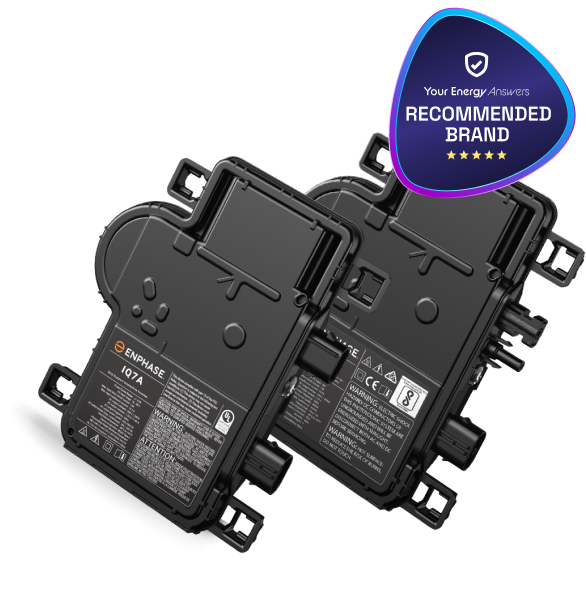
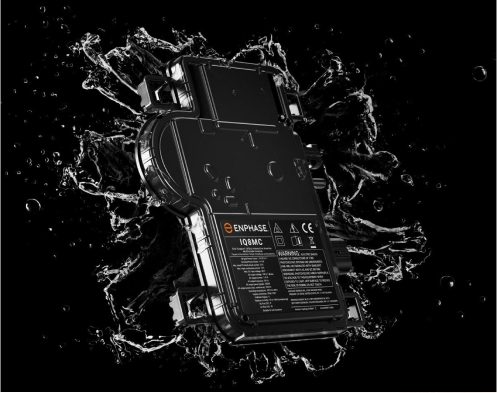
General
Enphase microinverters have a terrific local track record. Installers using them keep returning because they work well and leave customers satisfied as their PV systems become solar powerhouses.
Their panel level monitoring lets you check if there is a dud panel or if one of them got some impact damage or higher degradation than expected.
History

Enphase Energy was founded in March 2006 by Martin Fornage and Raghu Belur. The founders aimed to improve inverter solutions by designing and manufacturing a more efficient and reliable solar energy conversion solution.
The 1st microinverter was introduced in 2008, called the Enphase M175, designed to work well with 175Watt panels, the industry standard at the time. The M215 followed in 2011 and, as the name suggests, could handle a new power class – the 215W range.
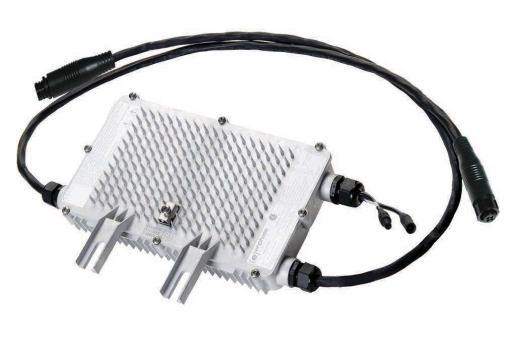

A new power class was released every few years, and in 2019, the 1 million solar system milestone with Enphase micro-inverters was celebrated. Right now, we have arrived at the IQ8 Duo and IQ8 Max models, which can handle modules up to 440 Watts.
Enphase Energy, while initially only focusing on micro-inverters, is now widening its portfolio with home solar storage batteries and sophisticated monitoring and smart home solutions.
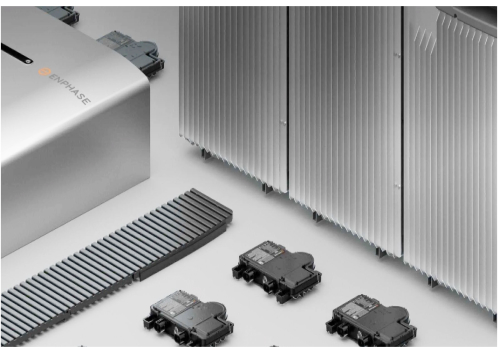
Technology
Enphase microinverter technology is a type of solar inverter solution that boasts some critical advantages over traditional string inverters. Nevertheless, like so many things in life, one also pays more for that privilege.
Safety first
Unlike traditional string inverters, which convert all of the DC power from a solar array into AC power at a central location, microinverters are installed on each solar panel. Therefore DC power does not have to travel through your house, which some opinions claim is safer.
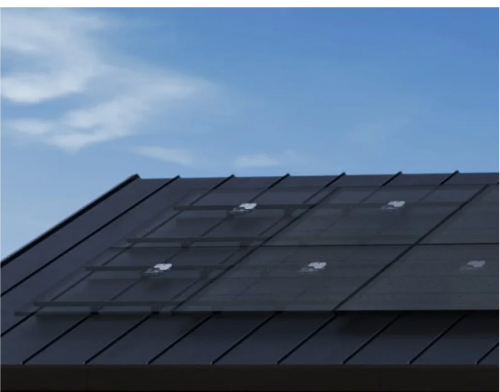
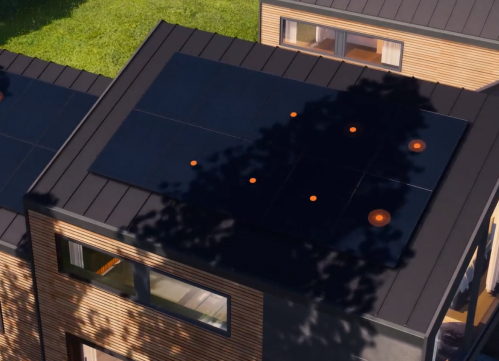
Maximised efficiency, even in low light
The technology claims to deliver higher output because micro-inverters allow each solar panel to operate independently, even if one or more panels are shaded, damaged or dirty. This can increase energy production, especially in homes with detailed roof layouts, including many gables and valleys.
Safer PV system
Overall micro inverters minimise the risk of the whole PV system going down, as they operate individually, compared to a string inverter, as if the inverter fails, the energy production will stop. If one Enphase micro inverter stops, most of the generation will continue, ensuring you still receive renewable energy.
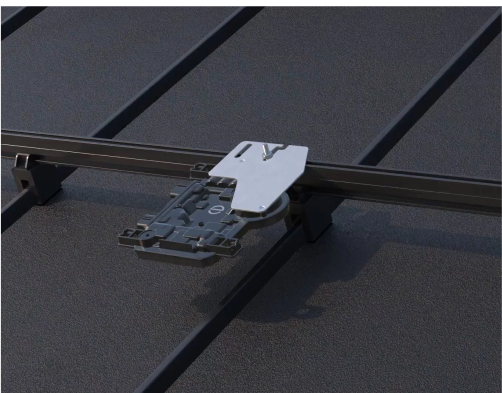
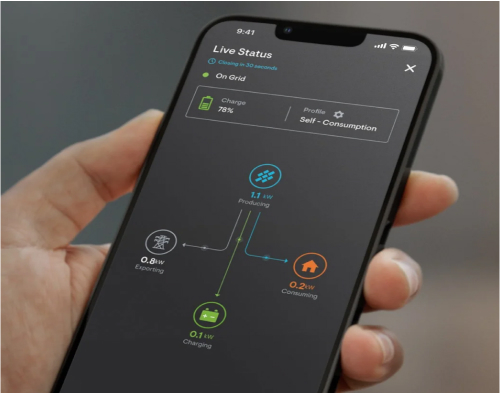
Built-in monitoring system
The micro-inverters have a built-in monitoring system that allows you to track your solar production and energy usage in real time. It will also show the performance of one panel versus the next, allowing you to identify if one panel degrades faster than the neighbouring modules over some time.
Manufacturing
While Enphase micro inverters are designed in California in the company’s head office, the manufacturing is not taking place in an Enphase factory. Heat stress is one of the key issues micro-inverters face on a roof. For this reason, the design team has given special attention to the thermal-resistant design of the product.
Enphase has recruited reliable third-party manufacturers such as Flextronics in the United States, Mexico and Romania to manufacture their product.
The manufacturing process is highly automated and uses various precision manufacturing techniques, including SMT assembly, wave soldering, and laser marking, to meet the company’s strict performance, reliability, and safety standards. In the US, the microinverters are also backed by a 25-year warranty.
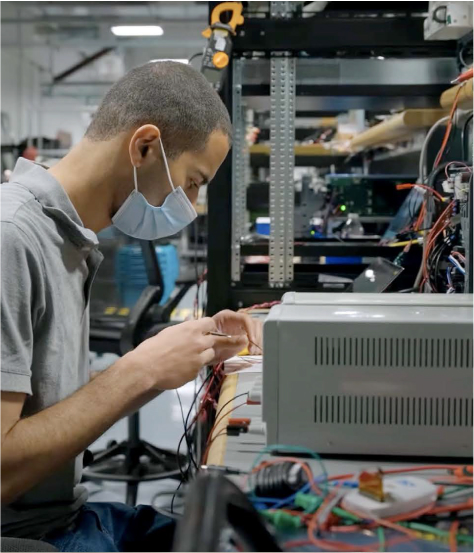
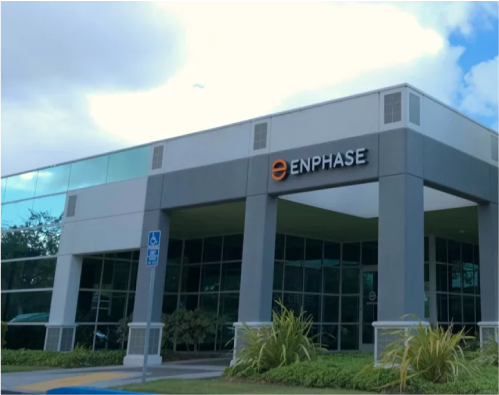
Ownership
Enphase Energy Inc. is a publicly-traded company listed on the NASDAQ stock exchange under the ticker symbol ENPH. The largest shareholders include BlackRock Inc, with just over 10% and 4 other prominent investment firms, which control over 40% of the company, giving them some influence over the direction of the company.
In addition to these institutional investors, many mum and dad investors own Enphase Energy shares.
Global Distribution
Enphase Energy distributes its products to over 1,000 distributors in more than 140 countries. The company uses distributors rather than selling to installers directly. Enphase Energy’s distributors are well-trained in the technical aspects of the product, ensuring that the installation network is appropriately certified and qualified to install and maintain Enphase Energy products.
In Australia, some of the largest and most respected distributors, such as Solar Juice and the AC Solar Warehouse, stock the product and assist installers with training and product updates. Solar installers proficient with Enphase installs are some of the most qualified in the industry.
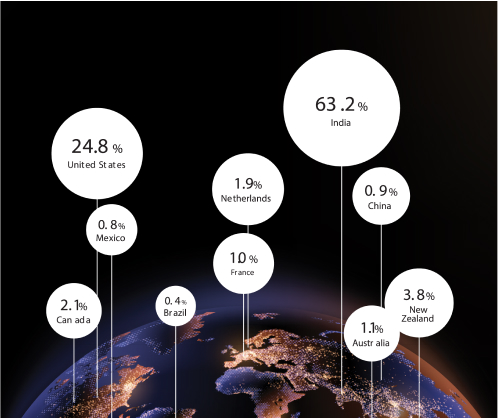
Get a quote for Enphase inverters from your local installer
Advantages
Other
Enphase microinverters are becoming increasingly popular as the inverter solution for Australian solar systems. They offer several key advantages, such as a very safe PV system, increased power output, and better performance when panels are partially or fully shaded, allowing modules of differing power classes to be combined in one system. This means an Enphase system is more straightforward to expand in the future than conventional solar installations.
Also, the module-level operations of Enphase microinverters make it possible to install panels facing many different directions, in a range of angles and even of different power classes. They adapt well to any roof design and installation situation. They also come with sophisticated monitoring and long warranties. An excellent solution and easy to recommend.